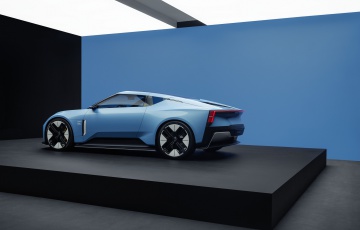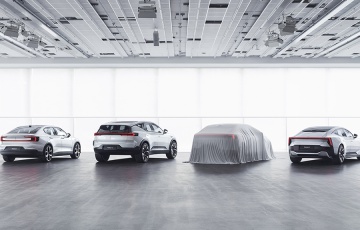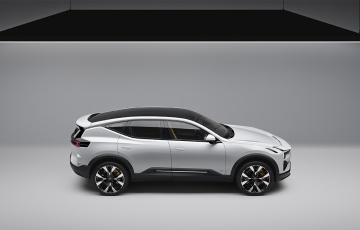7 things you never knew about the Polestar 2
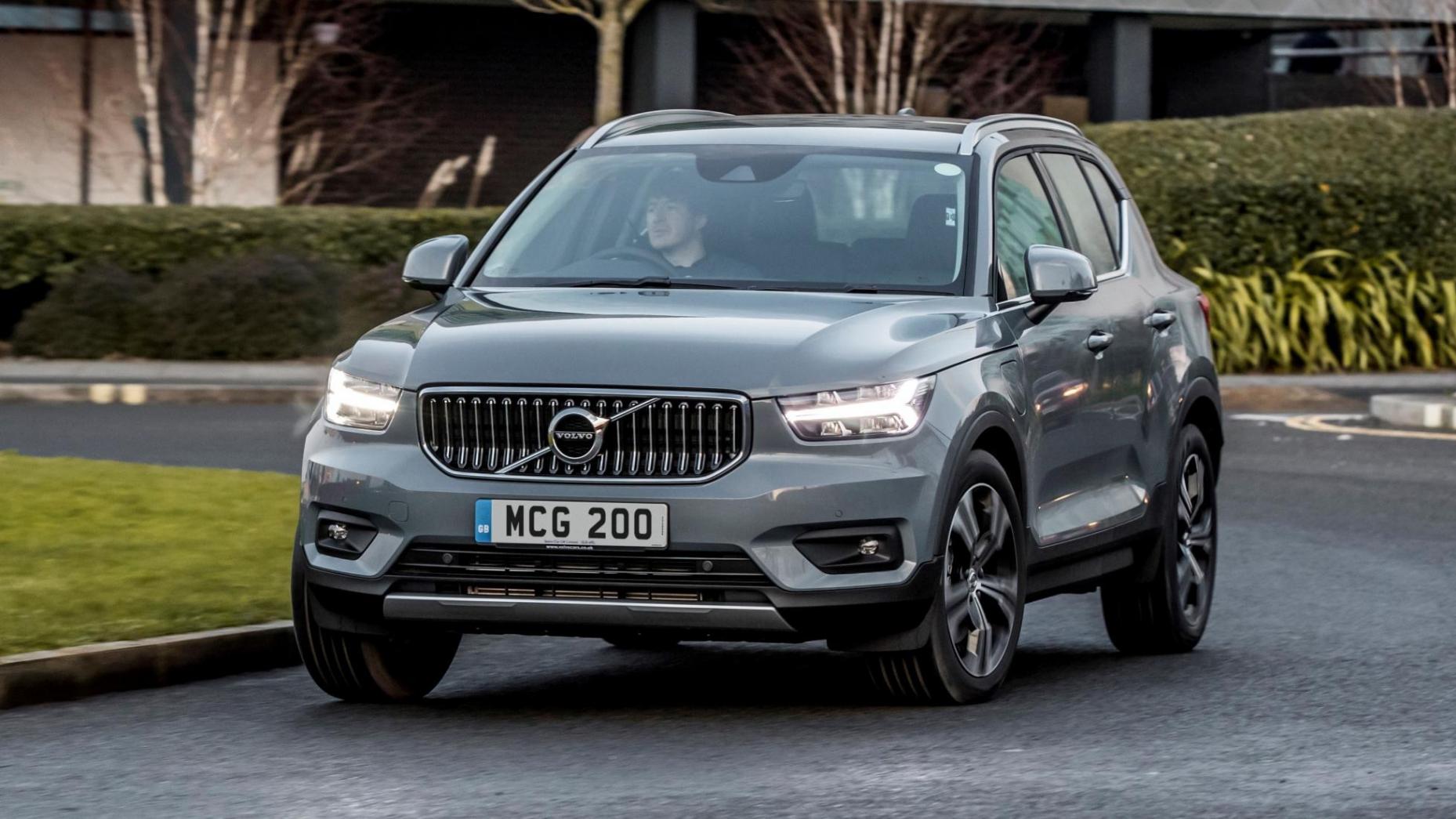
It’s basically a Volvo XC40
It should come as no surprise that Polestar’s first EV is a bit of a Volvo. It shares the ‘Compact Modular Architecture’ platform with the XC40 SUV, which has been on sale for over two years already and is getting its own battery-electric version. Said platform can accommodate conventional, plug-in hybrid and pure electric drivetrains, with the EVs getting a reinforced crash structure and Tesla-style ‘frunk’.
The XC40 ‘Recharge’ and Polestar 2 both use the same powertrain – a 78kWh battery and dual motors for all-wheel drive. A combined 402bhp means 0-100km/h in under five seconds. In the Polestar that translates to 470km of range, while the bigger, bluffer XC40 only manages around 402km.
Happily, just because the Polestar shares a platform with a small SUV doesn’t mean it drives like one. Admittedly we haven’t driven a normal one yet, but a P2 fitted with the cost-optional Performance Pack (which includes big Brembo brakes and MANUALLY ADJUSTABLE dampers) is genuinely good fun.
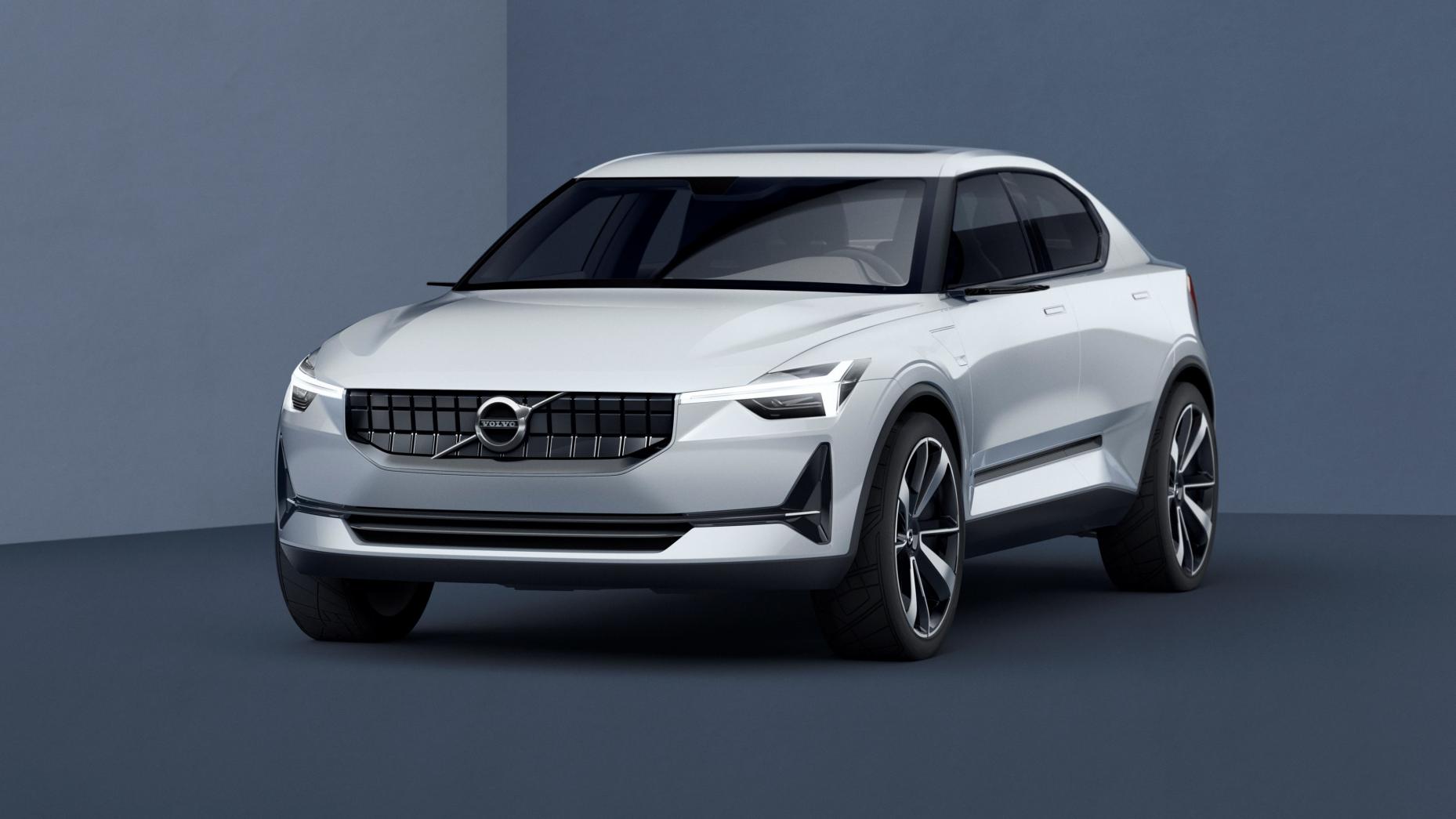
We knew what it would look like in 2016
If, when you first clapped eyes on the Polestar 2, you thought it looked a bit familiar, don’t worry, you’re not going mad. Back in 2016 Volvo revealed a pair of concepts – the 40.1 and 40.2.
The former went on to become the XC40, while the latter lost its Volvo badge and became the Polestar 2.
Look back at them now and you’ll see how close they are to the production cars. Concepts so rarely look like the cars they’re meant to preview, but these two are almost indistinguishable from the cars you buy today.
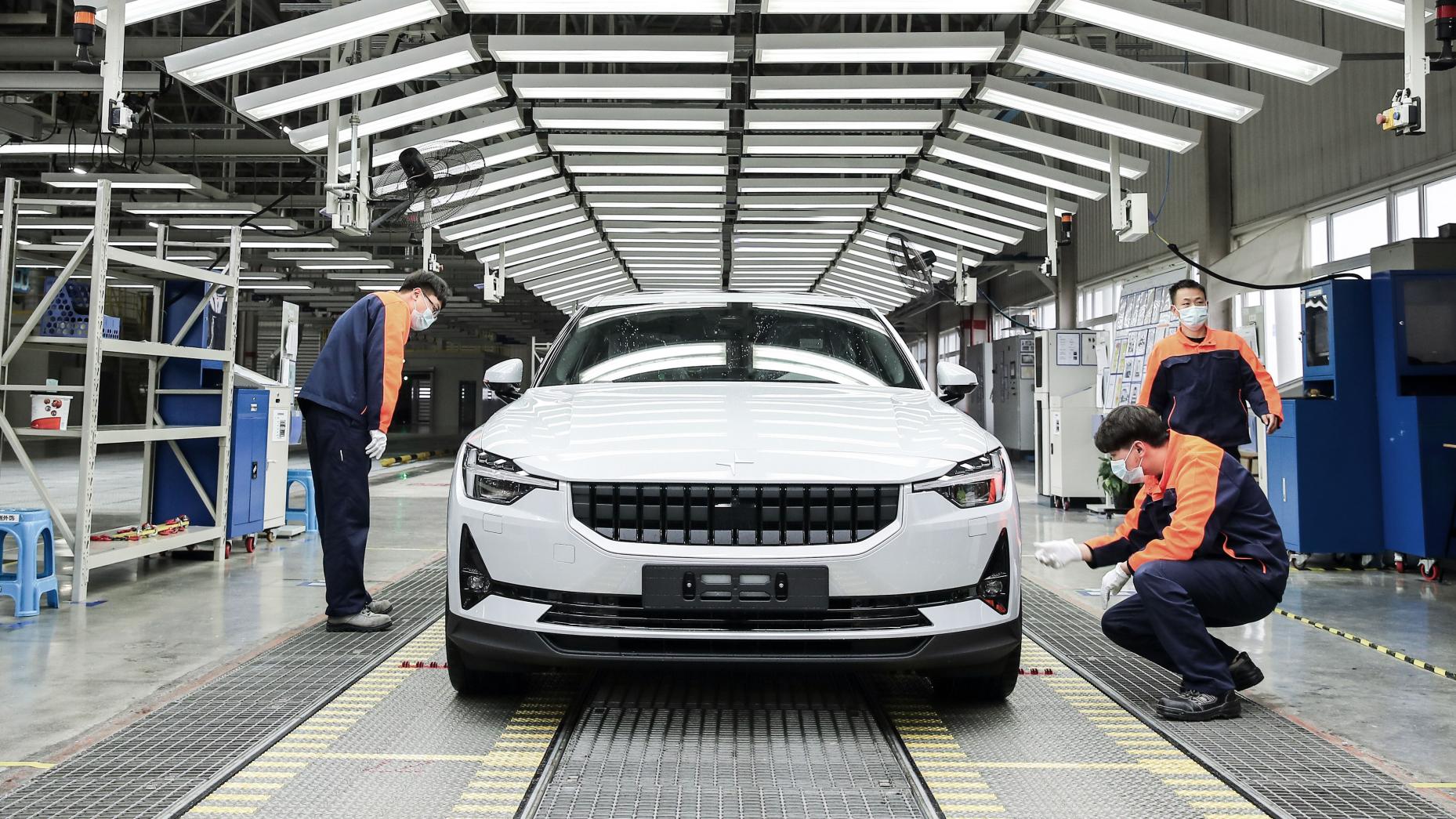
Production has already started
It’s not long ‘til Polestar 2s land in the UK. In the last couple of weeks production began at Geely’s plant in Luqiao, China, where all P2s will be built alongside Chinese-market XC40s and the Lynk & Co 01.
Cars are due to land in June, though this could be delayed by the coronavirus outbreak. Order books for the P2 have been open for months – a refundable £1,000 deposit made on Polestar’s website reserved your spot in the queue.
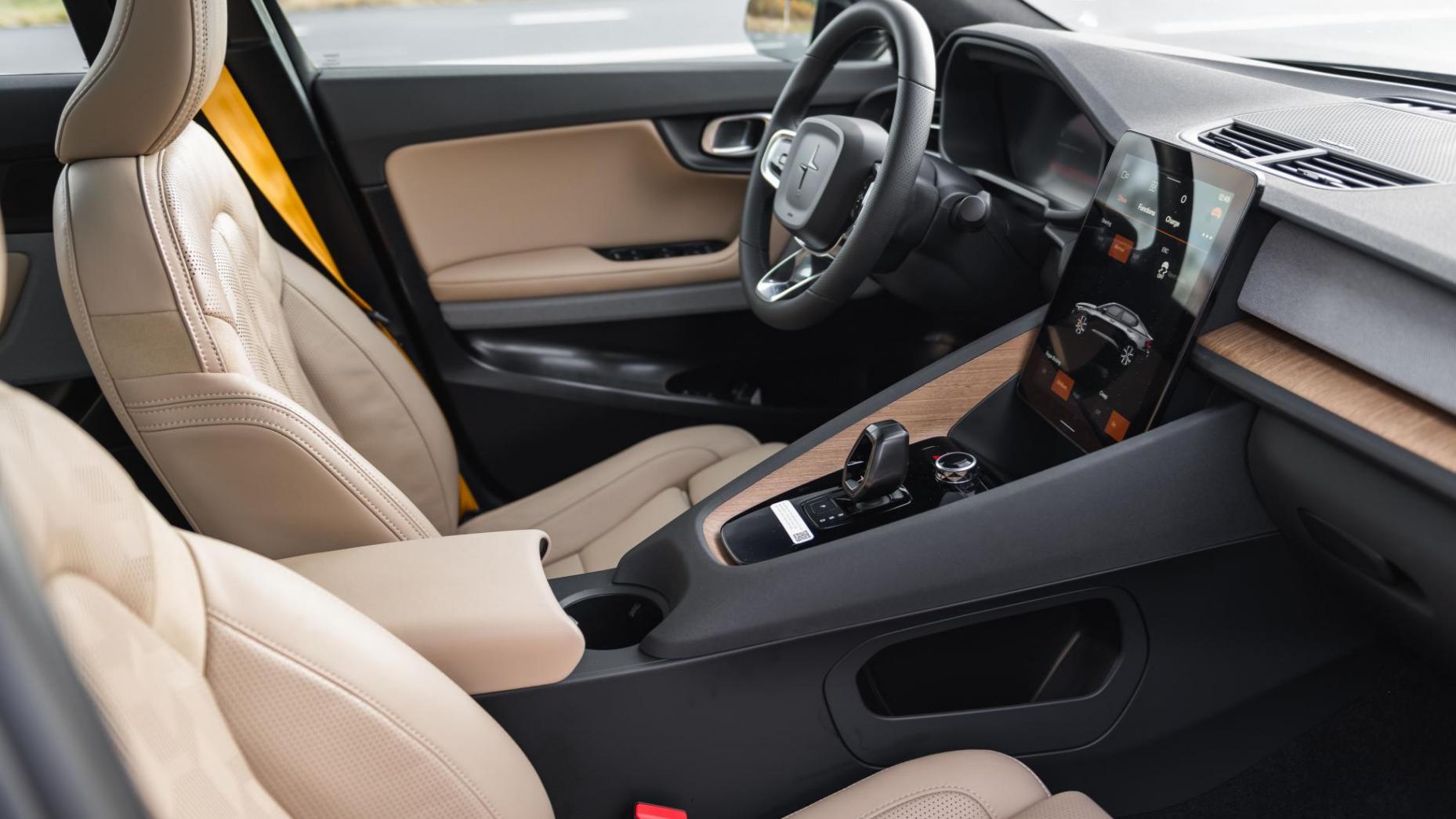
Google did the infotainment system
For the 2’s infotainment, Polestar paired up with Google to develop a car-friendly version of the tech giant’s Android operating system. Android Automotive, which is coming to Volvos too (obviously) gives you navigation via Google Maps, access to the Play Store and Google’s voice assistant.
You can use the system without signing-in, but link it to your Google account and it’s better – among other things, places you’ve searched for on your phone or computer will automatically pop up in the nav, and the car will be able to communicate with connected smart home devices.
We haven’t tried a full version of the system yet, but it certainly has promise.
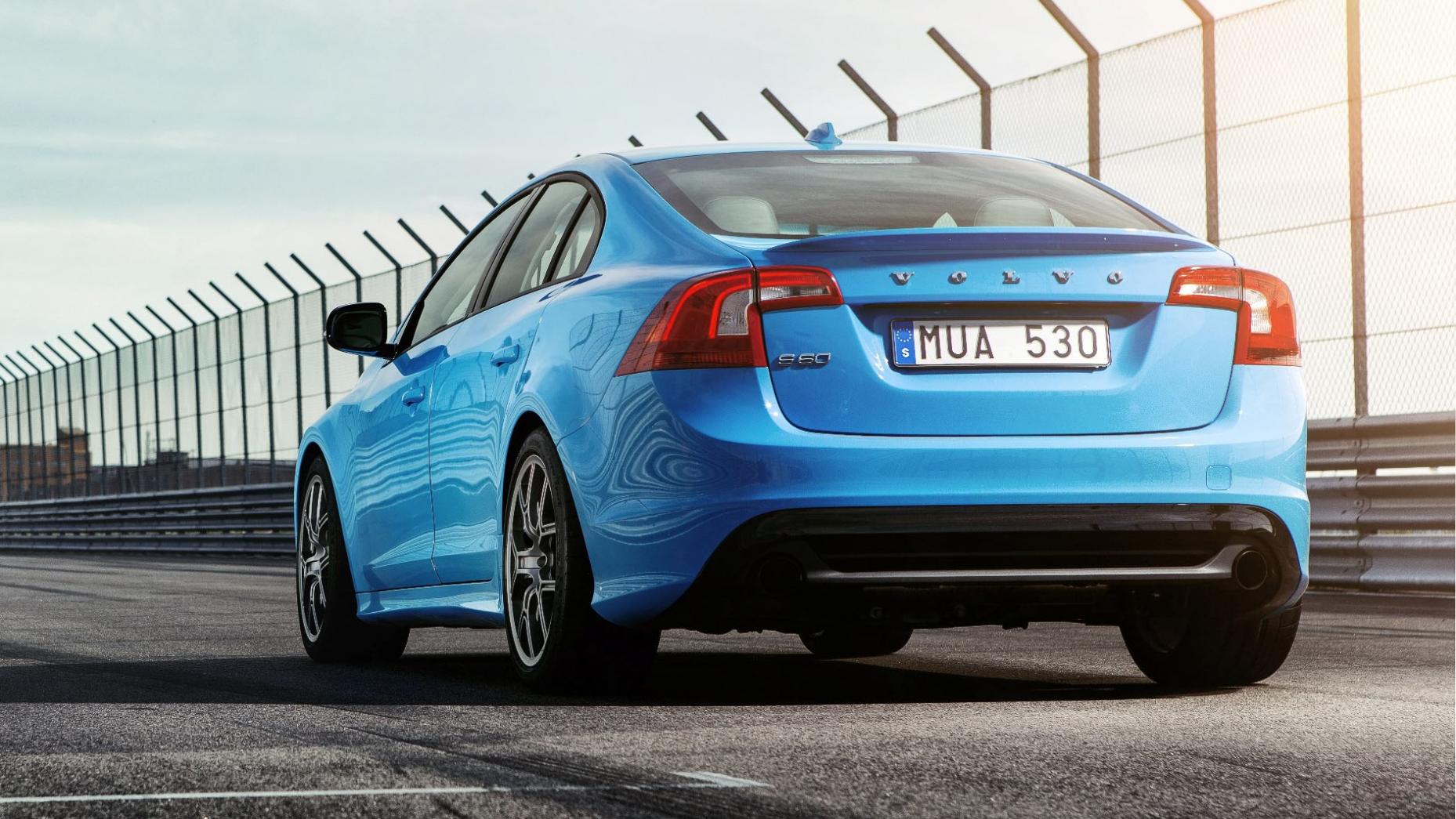
Polestar has been around for years
Polestar is new to EVs, but it’s not new to performance cars. Back in the Noughties it was a race team competing in the Swedish Touring Car Championship, where it had some success.
Then in 2009 it officially partnered with Volvo, becoming its equivalent to AMG. Volvo bought Polestar in 2015, then in 2017 relaunched it as a standalone electric performance car brand.
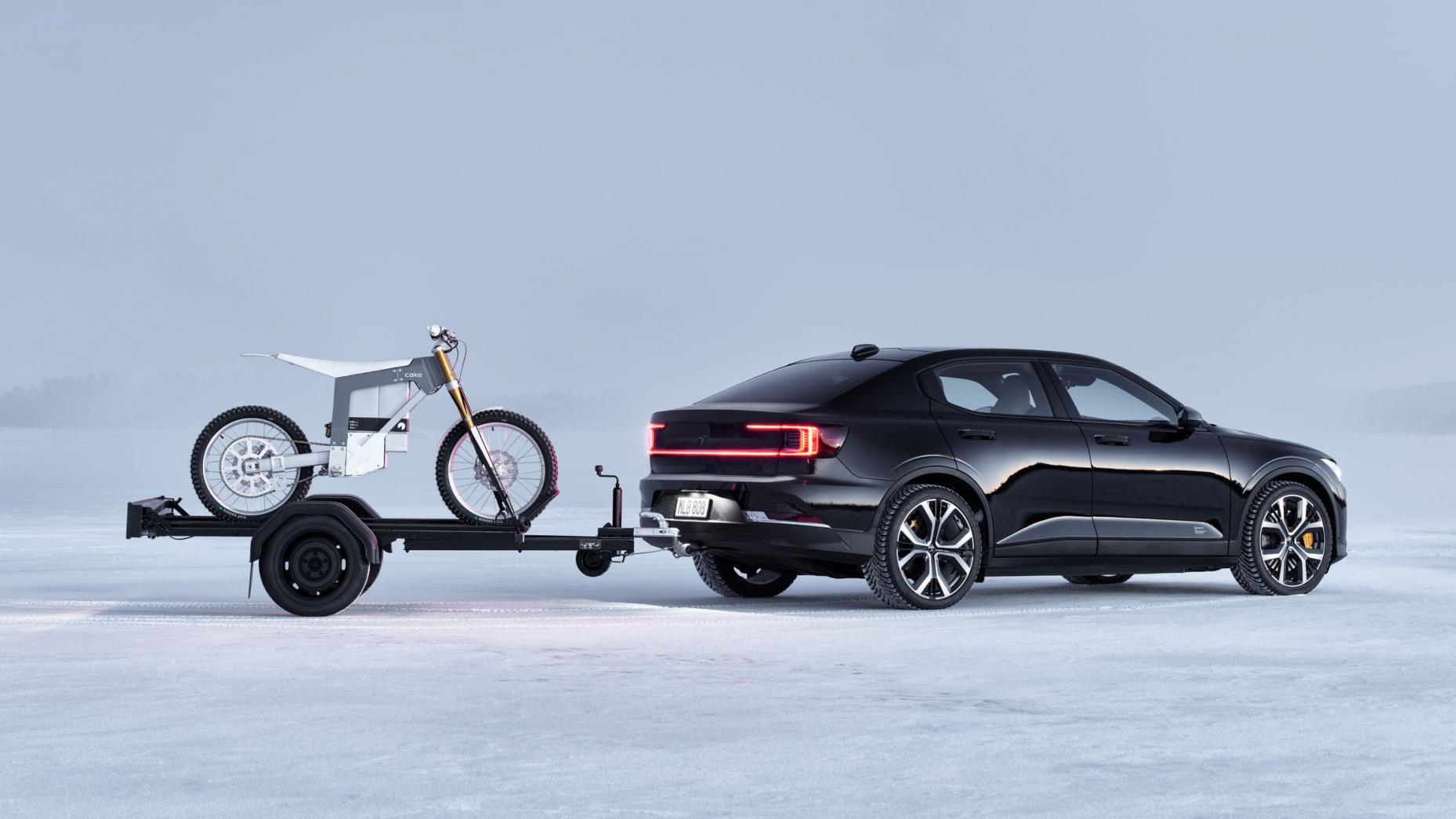
It can tow things
EVs may have all the torque, but they’re still not great at towing because all that extra strain on the motors/batteries really compromises range. So it’s better to stick with internal combustion if you’re towing every day.
But if you only need to tow every once in a while, an EV ought to be just fine, assuming you’re not going far. Polestar claims the 2 is the best tow-car in the ‘compact electric segment’, with a braked towing capacity of 1,500kg (providing you spec the cost-optional tow bar). That’s twice as much as the Jaguar I-Pace, and not that much less than an Audi e-Tron.
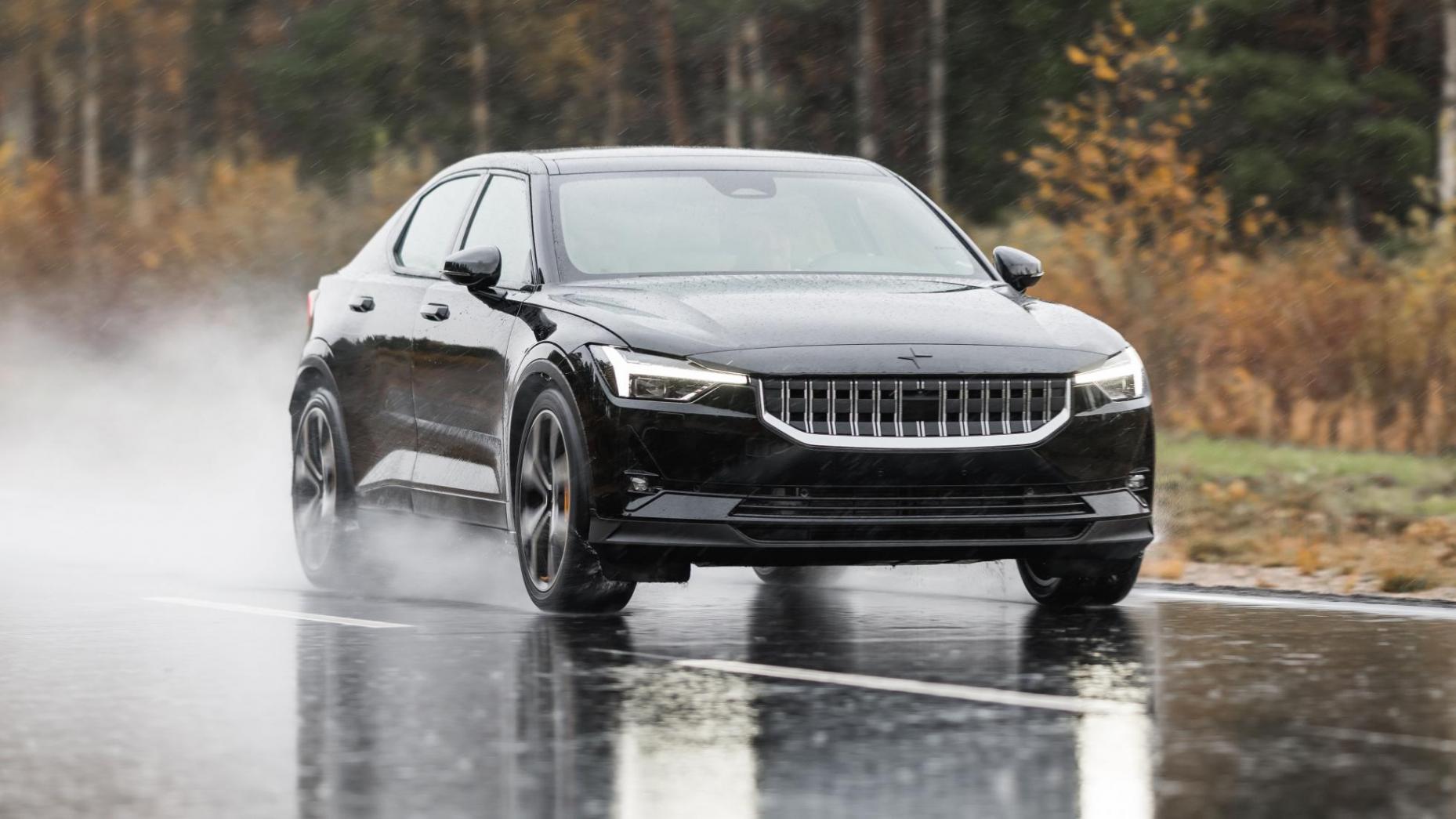
You can’t buy them from Volvo dealers
Nope, only online, and only from Polestar itself. That said, by the end of 2020 the company should have as many as 50 ‘Polestar Spaces’ set up in big cities all around the world. Y’know, for people who aren’t comfortable spending this much without interacting with an actual human first.
STORY Tom Harrison






